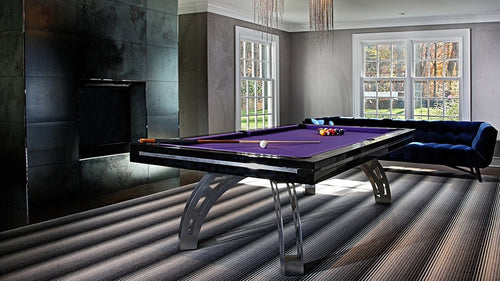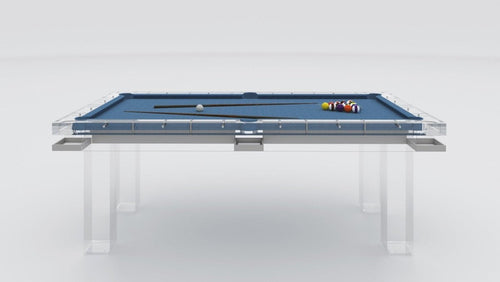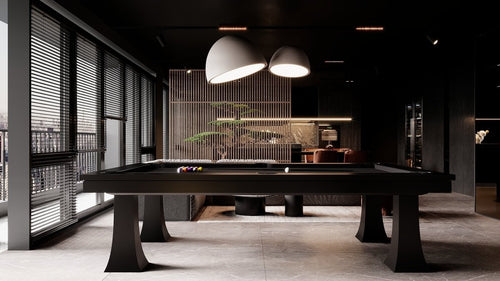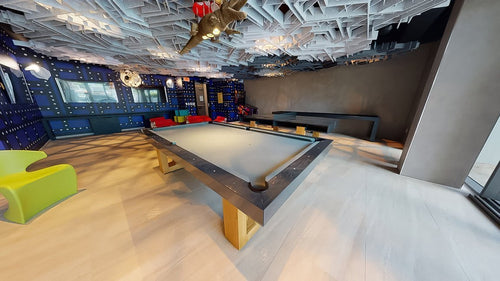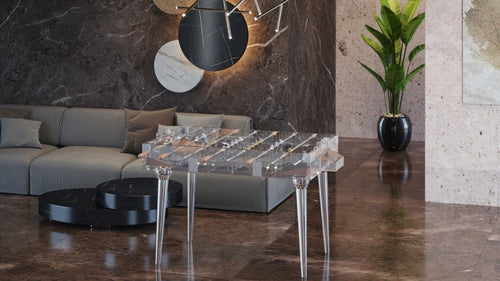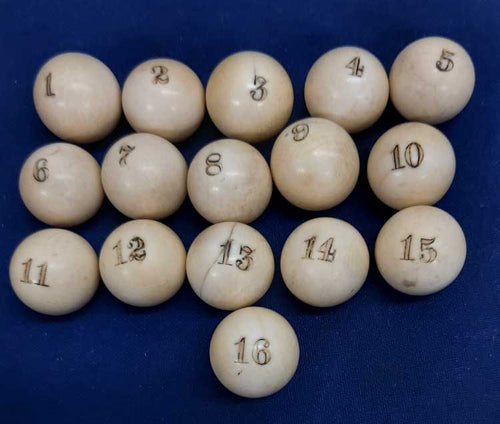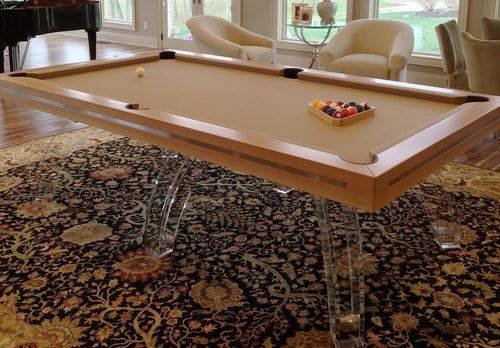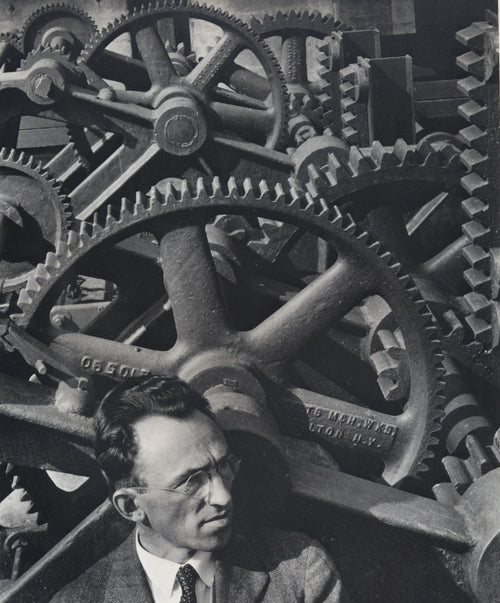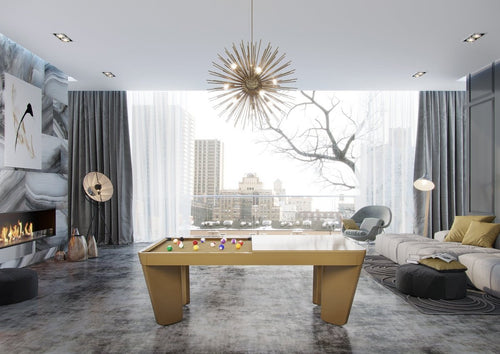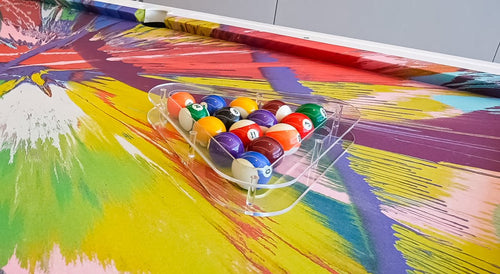Enjoy our modern designs
Estimated Read Time: 8 mins |
The history of design in England during the Eighteenth Century, leading into the Neoclassical movement, provides a context for understanding the parallel developments in American design, specifically the Colonial and Federal periods.
American Colonial Origins
English settlers brought with them the styles that became dominant along the eastern coast of North America, known collectively as Colonial design. Early structures were temporary before being replaced by wooden houses built according to medieval English custom, often half-timbered with interiors showing exposed structure. The earliest settlements date to 1607 and 1620. Religious buildings like the Old Ship Meeting House in Hingham, Massachusetts (1681), exemplified a dignified simplicity reflecting Puritan values.
Transition to American Georgian
In the eighteenth century, colonial simplicity gave way to more elegant and luxurious styles. These were either imported from England by craftsmen or inspired by architectural and furniture pattern books illustrating Queen Anne and Georgian-era designs. Increased wealth among shipowners, merchants, tradesmen, and landowners supported a lifestyle comparable to English gentry.
In cities like Philadelphia and Boston, brick row houses with Georgian detail resembled English townhouses. The Powel House in Philadelphia (1765–66) exemplifies this, with reconstructed rooms showing fine wooden paneling, ornamental plaster ceilings, and imported Chinese wallpaper. Interiors featured Chippendale-style furniture, oriental rugs, and tall clocks, denoting comfort and status.
American craftsmen became highly skilled at interpreting English styles, using Queen Anne and Chippendale designs, often intermixed. Highboys were popular storage pieces showcasing matched veneers, cabriole legs, and brass pulls. Elaborate versions combined Rococo ornament with Queen Anne forms. Tall secretary desks often featured ornate pediments, and Newport, Rhode Island, became known for a distinctive carved scallop shell motif.
The Federal Period and Neoclassicism
Following the Declaration of Independence (1776), the term Colonial waned, and the design from about 1780 to 1830 became known as the Federal period.
This period marked a shift toward stricter classicism, influenced by Renaissance authorities like Palladio and Serlio and actual ancient buildings. A key influence was Antiquities of Athens by Stuart and Revett (1762), which provided detailed measured drawings from archaeological sites and encouraged a Greek-based Neoclassicism.
Key figures shaped this era:
- Thomas Jefferson, deeply impressed by French Renaissance architecture and the Maison Carrée in Nîmes, incorporated classical ideals into American design.
- Charles Bulfinch, influenced by the Adam brothers, designed the Massachusetts State House (1795–97) with Adam-style detail.
- Benjamin Latrobe's Bank of Pennsylvania (1798–1800) was the first U.S. building to use a Greek order, reflecting a restrained Neoclassicism.
Federal furniture is often divided into:
- Early phase: Featuring Hepplewhite and Sheraton-influenced forms—delicate, rectilinear shapes with inlays and slim legs.
- Late phase: Heavier, Empire- and Regency-inspired designs, seen in the work of Duncan Phyfe, who used classical motifs like lyres, scrolls, and fluted columns. His Pillar and scroll style and Greek vase–inspired forms reflected emerging tastes.
By the 1820s and 1830s, American design displayed a strong devotion to Greek models, leading into the Greek Revival, the first of the 19th-century historicist styles. Architectural detail by Thornton and Latrobe and the evolving designs of Phyfe demonstrated this archaeological correctness.
Conclusion
American design evolved from the simple, practical Colonial style rooted in early English traditions into a more refined Georgian aesthetic reflecting wealth and classical inspiration. The Federal period marked a turning point with an explicit embrace of Neoclassicism, increasingly informed by scholarly study of antiquity and shaped by both American innovation and European influence. This laid the foundation for the Greek Revival and the broader pattern of historical revivalism in 19th-century American design.



